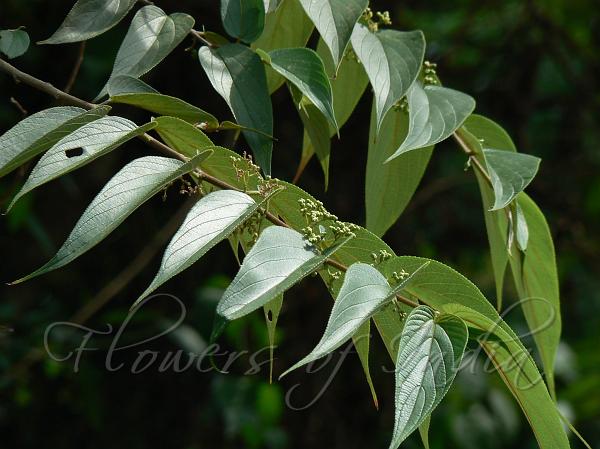|
| Indian Charcoal Tree |
|

|

| File size | 397256 |
| Original date | 6/9/07 3:03 PM |
| Resolution | 2816 x 2112 |
| Flash | Flash did not fire, auto |
| Focal length | 64.3mm |
| Exposure time | 1/250s |
| Aperture | 5.6 |
| Focus Distance | |
| Metering Mode | Multi-segment |
| Camera make | Panasonic |
| Camera model | DMC-FZ7 |
| Sensor type | OneChipColorArea |
|
|
|
|
Photo: Dinesh Valke |
Botanical name: Trema orientale Family: Cannabaceae (Marijuana family)
Synonyms: Trema grevei, Trema rigidum, Sponia rigida
Synonyms: Trema grevei, Trema rigidum, Sponia rigida
Indian charcoal tree is a fast-growing shade tree with soft foliage.
Depending on climatic conditions, trees may be evergreen or deciduous. In
forests it is a straight, slender tree, up to 18 m on forest margins, and
in the open it is wider-spreading, sometimes drooping, and in dry areas it
often grows as a shrub approximately 3 m tall. The less water it receives, the shorter it is. Trema bark is smooth and light grey with conspicuous lenticels (corky spots).
The leaves are simple, alternate, stipulate although the stipules drop
early, and usually 3-nerved from the base. The leaf base is frequently
unequal. Leaves taper from the base to the apex, and vary from 60 to 150 mm
long and 25 to 50 mm wide. Leaf margins are finely serrated, and the young
leaves are rough and hairy, occasionally becoming smooth when old. Flowers
are small, inconspicuous and greenish, carried in short dense bunches. They
are usually unisexual, i.e. male and female are separate, occasionally they
are found together. Flowers appear irregularly from late winter to summer.
The name Trema is based on the Greek word for hole and pertains to the
pitted stone of the fruit. The common name pigeon wood is derived from the
fact that pigeons are frequently seen nesting or roosting in these
trees.
| Identification credit: Tony Rodd | Photographed in Thane, Maharashtra. |
• Is this flower misidentified? If yes,